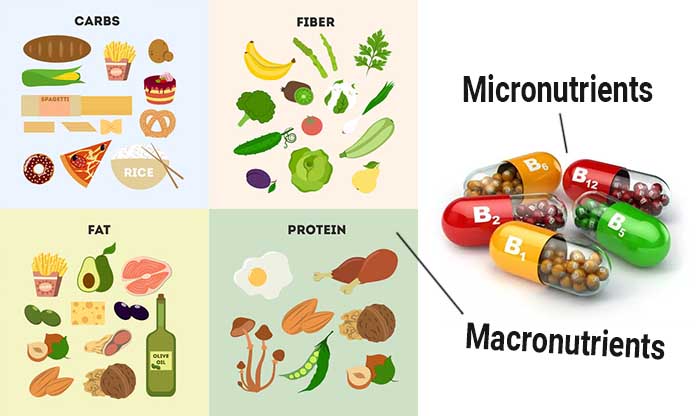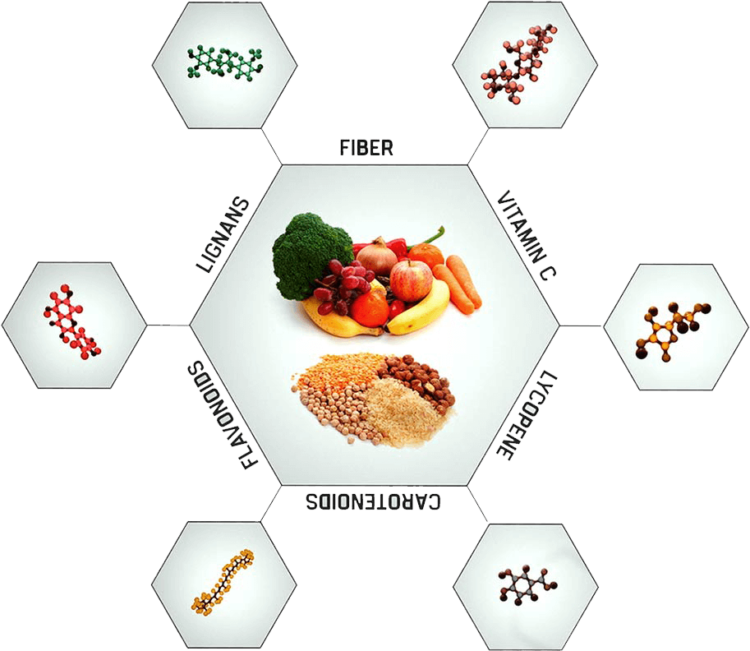

You want the rest of your foods to be nutrient dense so your body can delight in receiving all the vitamins, minerals, and phytonutrients and give you robust health or optimal health.

Ideally, you want some foods in your diet to be calorically dense so you won't have to eat often during the day. This makes it a poor choice of food to consume. Alcohol is calorically dense but at the same time, it is very low on the nutrient density scale. The calories are packed in tight in a small amount of food. Fat is calorically dense, which means it has a lot of calories in it. Similarly, a food can also be caloric dense.
#3 macro nutrients full
Protein is full of nutrients and this condition-where a food is full of nutrients is called-"nutrient dense". Protein Fat Carbohydrates Alcohol 1 gram = 4 cal 1 gram = 9 cal 1 gram = 4 calories 1 gram = 7 calories Did you notice that 1 gram of protein and 1 gram of carbohydrates both provide your body with 4 calories? Did you also notice that 1 gram alcohol gives you 7 calories and 1 gram fat provides 9 calories? With protein, fat and carbohydrates, you get a lot of nutrients along with the macros. Here's a quick chart to see the difference. This module will focus on Macronutrients.Įach macronutrient provides the body with a certain amount of calories. Sure, we know there are flavonoids that are good for your heart and anthocyanidins, which are great for anti-inflammatory action, but no one has actually taken the time to invest in the great big task of determining which phytonutrients we need for health and in what amounts they are needed each day.

Phytonutrients, which aren't macros and certainly aren't micronutrients, are in their own category, even though the whole field of nutrition hasn't yet categorized all the different phytonutrients for health purposes yet. The micronutrient category would include vitamins and minerals. Nevertheless, because it is consumed, it's in the macronutrient category. They probably count it as a macronutrient because alcohol is something that a lot of people consume-although the body certainly doesn't like it and does everything it can to eliminate it. There are three macronutrients: protein, fat, and carbohydrates, although some people will count alcohol as a macronutrient. Macronutrients are called macros in short. However, the most important general categories of things inside foods are called macronutrients. Some even have a function of activating or deactivating different genes that turn on or turn off diseases. There are phytonutrients in food, too.Phytonutrients are chemical compounds that act to stimulate your metabolism or biochemical pathways in the body. The different colors in foods bring you different frequencies of light that is needed for your body to function. Vitamins and minerals are contained in food, and they bring you optimal health when they're in adequate amounts, even though they may be in small amounts. Water is in food, and it contributes to your good health. There is so much in food that brings you health! You can look at food from many different perspectives and continue finding things inside food that bring you health.


 0 kommentar(er)
0 kommentar(er)
